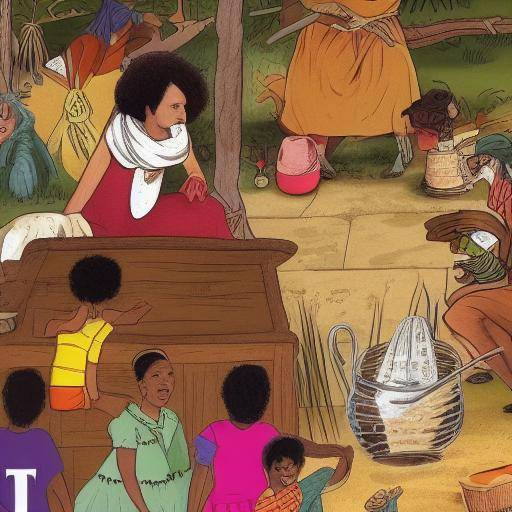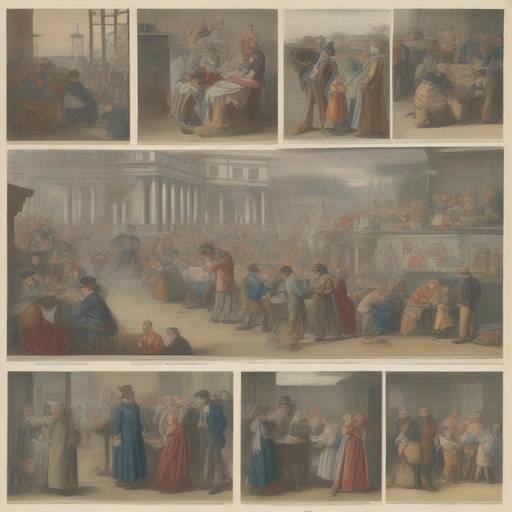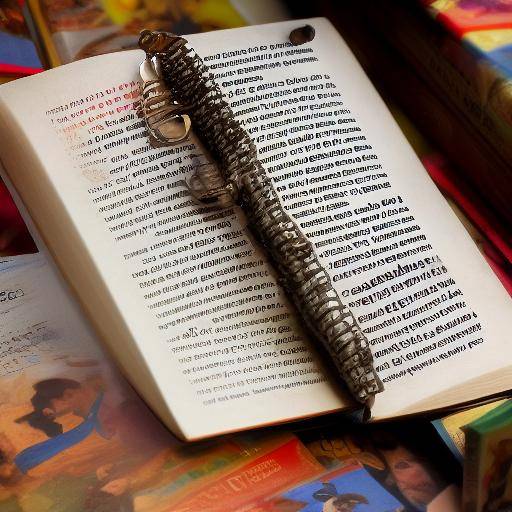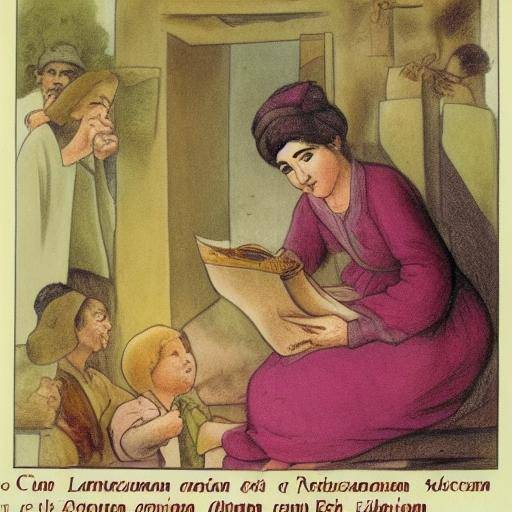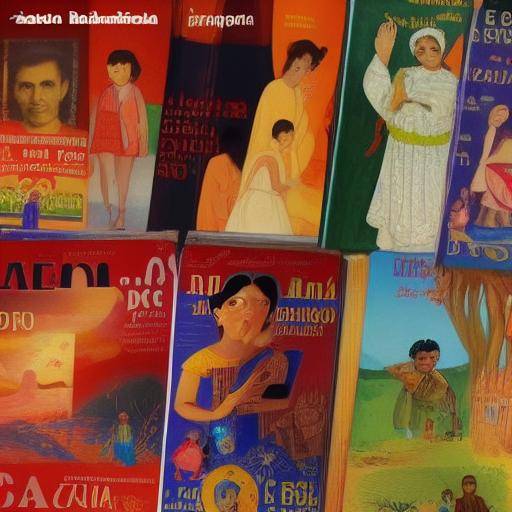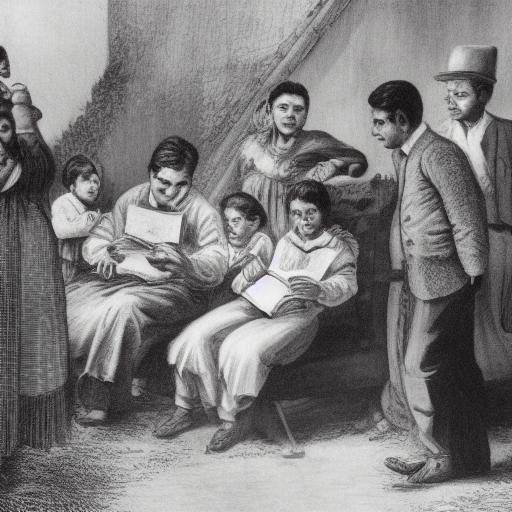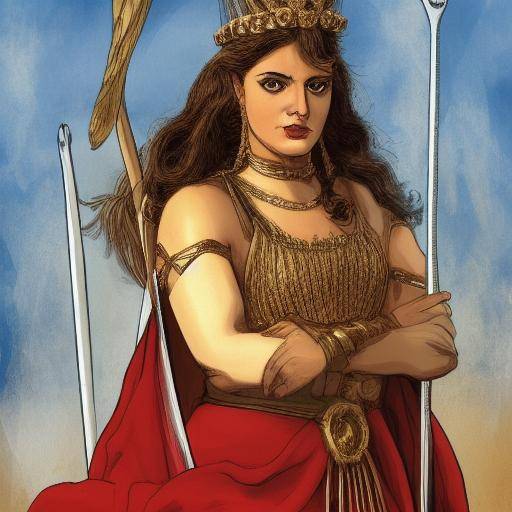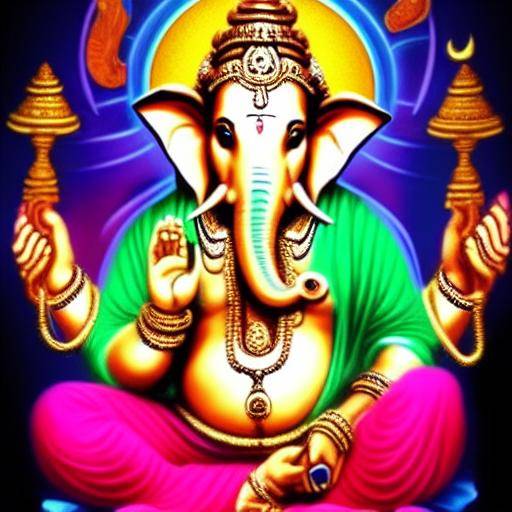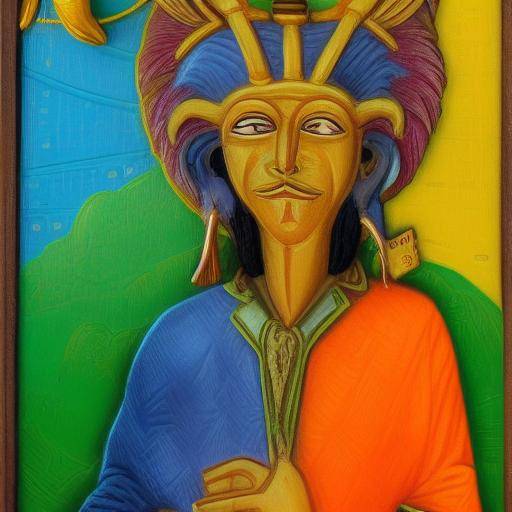
Kitsune, or magic foxes, occupy a prominent place in Japanese folklore. These creatures, with the ability to change shape, possess a rich history and have rooted in the wisdom and deceptions of the popular imaginary. In this article, we will explore in depth the fascinating history, features, and myths surrounding kitsune, as well as their role in contemporary art, culture and influence.
Introduction
Kitsune are mythical creatures that have played a leading role in Japanese culture for centuries. According to tradition, they are able to assume various forms, from simple foxes to very attractive humans, and can manifest supernatural powers. In this article, we will explore the history and legends surrounding kitsune, as well as their representation in art, literature and popular culture.
History and Background of Kitsune
Kitsune have its roots in ancient Japanese traditions and have been an integral part of folklore for centuries. It is believed that its origin dates back to the eighth century and have interwoven with Japanese history and mythology. The belief in the existence of these creatures has had a significant impact on Japanese society, affecting different cultural aspects, from religion to literature and theatre.
Origins and Evolution
The myths and legends surrounding kitsune have evolved over time, adapting to various influences and historical contexts. From their association with protective deities and spirits to their representation in the Noh Theatre and classical literature, kitsune have played a multifaceted role in Japanese culture. Originally, kitsune were seen as messengers of Inari, the god of rice, which gave them a sacred and protective status.
Analysis in Deep: Kitsune and its Contemporary Influence
Although kitsune have their roots in the past, their presence and meaning extend to the present day. They have been a source of inspiration in pop culture, appearing in anime, video games and modern literature. Their ability to change shape and their magical attributes have given them a prominent place in popular imagination, allowing them to persist as iconic figures in contemporary narrative.
Kitsune in Pop Culture
The image of kitsune as cunning and deceptive beings has been reinterpreted in multiple contexts, reflecting current social and cultural issues. From symbolic representations to debates on identity and duality, kitsune continue to play a relevant role in reflection on the human condition and the complexities of modern society. Anime series like "Naruto" and "Inuyasha" have popularized the kitsune figure, adapting it to modern narratives and attracting global audiences.
Integral Examination: Kitsune in Japanese Art, Literature and Culture
The influence of kitsune extends through various cultural expressions, from traditional painting to contemporary literature. His representation in Japanese art and literature has been diverse and significant, encapsulating his rich presence in visual and textual narrative.
Kitsune in Art
The image of kitsune has been immortalized in works of art, both in traditional and contemporary forms, offering a unique vision of its meaning and symbolism in Japanese culture. Statues and kitsune paintings decorate Inari sanctuaries, reflecting their venerated status.
Kitsune in Literature
His representations in literature have also been profound and varied, exploring themes of duality, transformation and deception through rich and immersive narratives. In classical literature, stories like "Tamamo-no-Mae" tell kitsune stories that assume human forms to interact with mortals.
Comparison Analysis: Kitsune, Wisdom and Brown
The concept of shapeshifting, wisdom and deception are intrinsically linked to the kitsune figure. Through their skills to change shape and cunning, these mythical beings personify the complex relationship between wisdom and deception in Japanese folklore. The duality of its nature reflects the intersection of these concepts, offering a unique perspective on human nature and Japanese society.
Duality and Complexity
Through the comparison of these elements, we highlight the way kitsune encapsulate the contradictions and complexities of humanity, serving as an eternal reminder of the coexistence of wisdom and deception in the world. Kitsune represent the idea that knowledge and cunning can be used both for good and for evil, reflecting the inherent duality of each individual.
Final Tips and Reflections
While kitsune are fundamental figures in Japanese folklore, its influence transcends Japan's borders, resonating around the world through its representation in various cultural forms. Their ability to transform and their symbolic dimension continue to captivate international audiences, demonstrating the perdurability of their legacy and their impact on the global collective imagination.
Final Reflections
In conclusion, kitsune are much more than simple mythological creatures; they represent a rich fabric of wisdom, deceit and transformation that has enriched Japanese culture for centuries. By exploring and reflecting on their influence, we are invited to contemplate our own dualities and complexities as human beings, finding in these fascinating creatures a mirror of our own existence.
Frequently asked questions
1. What is the symbolic meaning of kitsune in Japanese tradition?
The Japanese tradition attributes to kitsune duality and versatility, representing both wisdom and deception. His ability to change shape also symbolizes the schievous and mutable nature of truth and reality.
2. Do kitsune have any specific meaning in contemporary popular culture?
Yes, kitsune have gained popularity in contemporary pop culture, appearing in movies, animated series, and video games. Its image as magical and deceptive beings has been adapted to modern contexts, keeping its appeal in the contemporary audience.
3. How do kitsune influence the perception of human duality?
Kitsune serve as a reminder of the complexity inherent in human condition, challenging the notion that wisdom and deception are mutually exclusive concepts. Their duality reflects the coexistence of these qualities in each individual.
4. What is the role of kitsune in Japanese religious beliefs?
Kitsune are often associated with deities and protective spirits in Japanese mythology. They are attributed the ability to protect and deliver blessings, as well as to serve as catalysts for spiritual teaching and transformation.
5. How has the representation of kitsune evolved in Japanese literature over time?
The representation of kitsune in Japanese literature has varied, from its presence as legendary figures in ancient texts to its reimagination as complex and multifaceted characters in contemporary literature. Its meaning and symbolism have been reinterpreted over the centuries, adapting to different cultural and thematic contexts.
6. What is the relationship between kitsune and Japanese identity today?
The persistent presence of kitsune in the current Japanese culture reflects its role in defining cultural identity. Its mythological legacy remains an integral part of Japanese cultural heritage, attracting nationals and foreigners alike.
By exploring the influence of kitsune in Japanese culture, it reveals both its traditional meaning and its contemporary relevance, fostering a deeper understanding of its imaginary.

